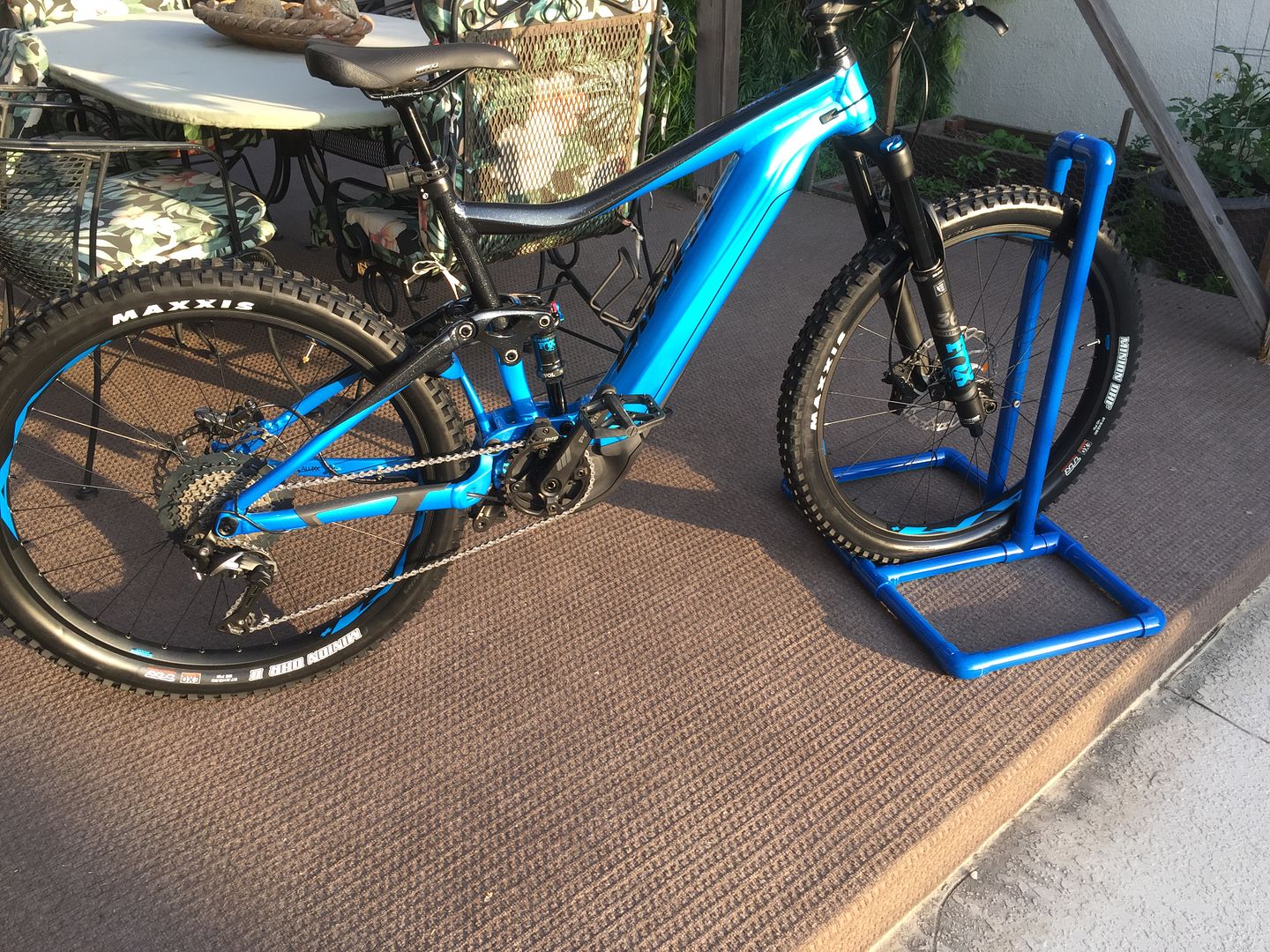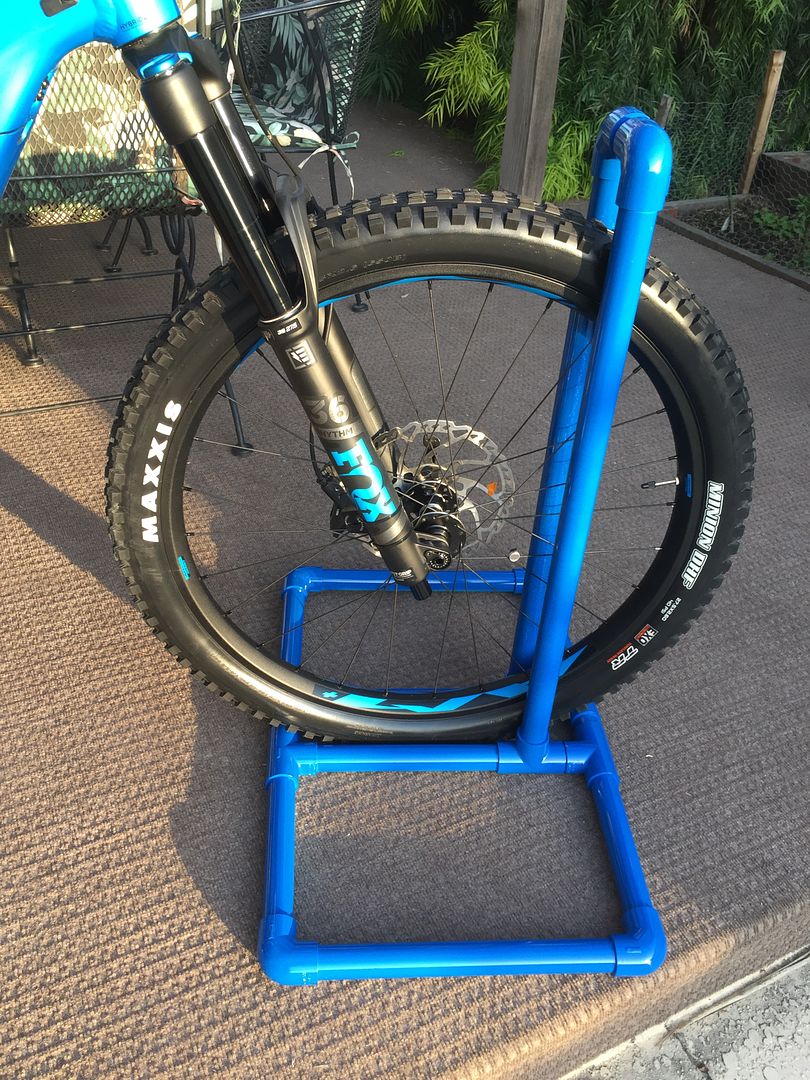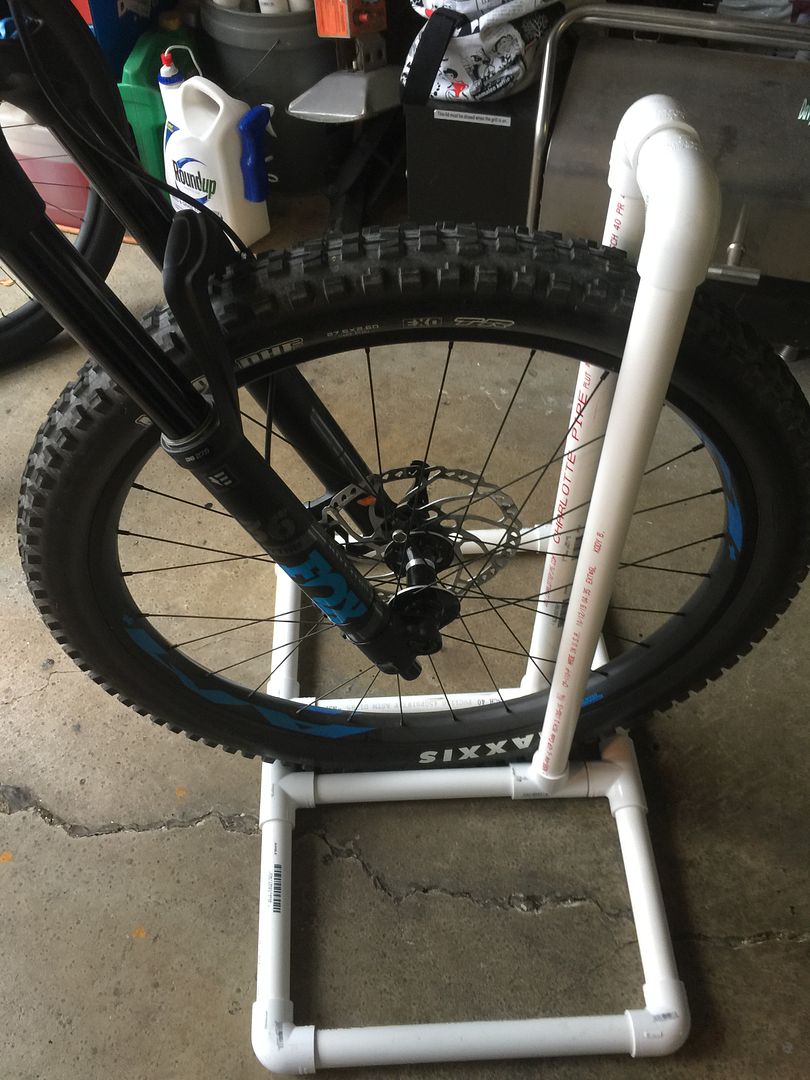While I patiently (NOT) wait for my Trance E + 1 Pro I have been think about programming the assist levels. I think I want to bring them down some and try to extend my battery range. My main goal is to "flatten" the hills a bit and get help with the Flagstaff AZ elevation (7,000 ft.) and winds. I'm a pretty strong rider in the Phoenix area and hills and elevation (~ 1400 ft.) are not an issue. I ride analog when in the valley.
Any thoughts /recommendations? Thanks in advance.
Any thoughts /recommendations? Thanks in advance.



